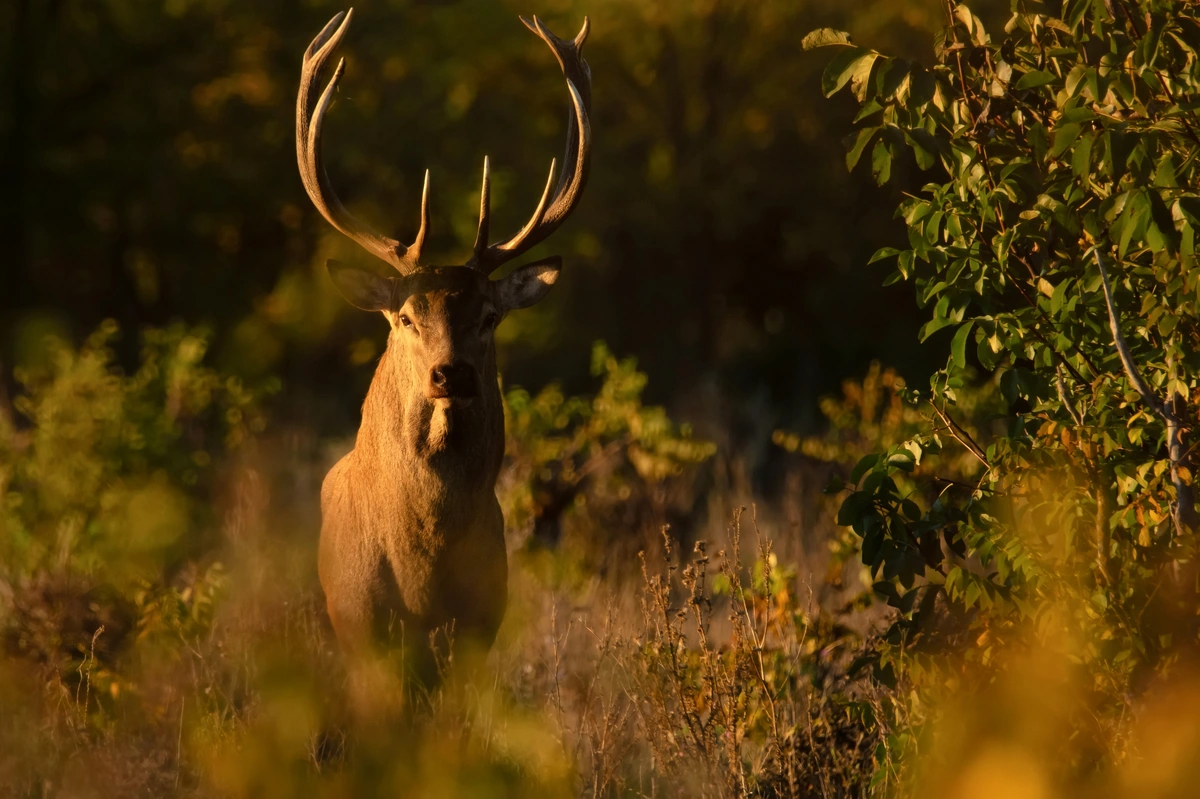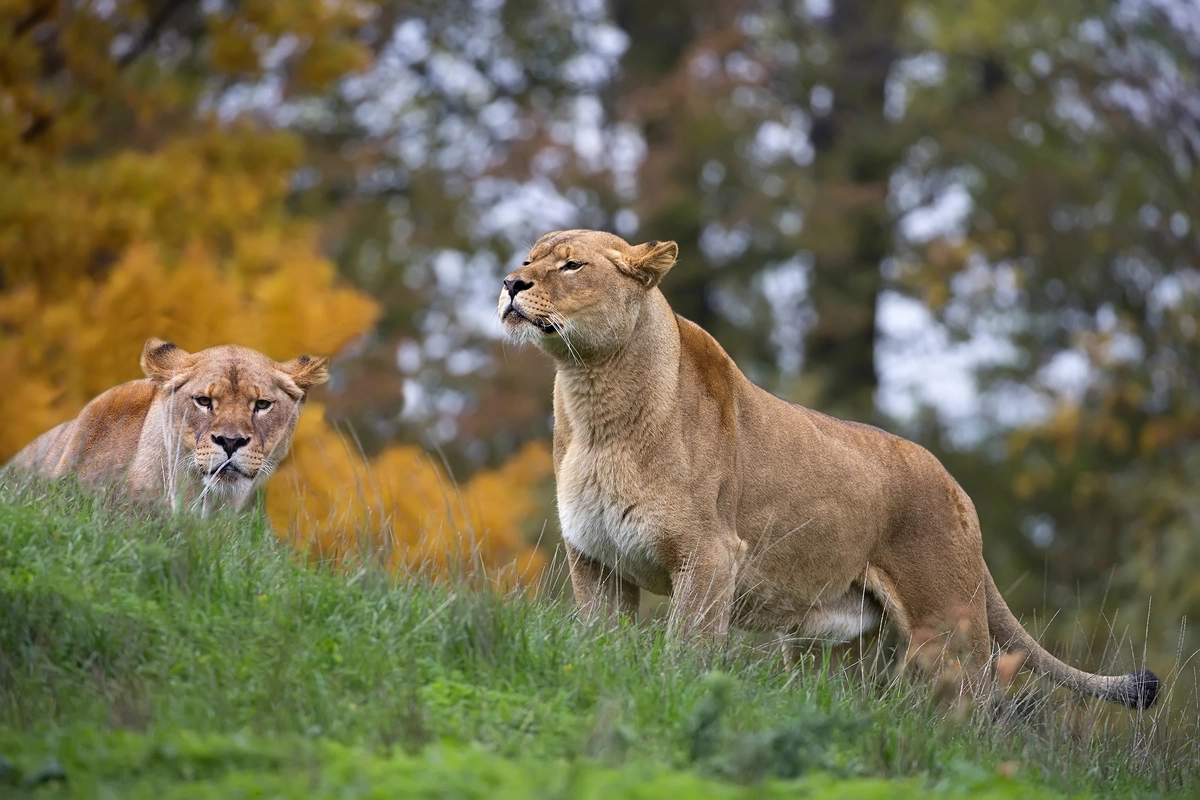How Is AI Being Used in Wildlife Conservation?
Moreover, AI algorithms are adept at analyzing vast amounts of data collected from camera traps and acoustic sensors. These sensors capture everything from the rustle of leaves to the faintest animal calls, which AI can sift through with lightning speed. By distinguishing between species and categorizing behaviors, AI helps researchers understand ecological patterns and detect potential threats to wildlife more efficiently than ever before.
In addition to monitoring, AI plays a crucial role in predictive modeling for conservation efforts. By crunching historical data on climate, habitat changes, and human activities, AI algorithms can forecast how these factors might impact wildlife in the future. This foresight allows conservationists to implement proactive measures such as habitat restoration or establishing protected areas to mitigate potential risks.
Furthermore, AI is enhancing efforts in combating wildlife trafficking—a billion-dollar illegal industry that threatens numerous species globally. By analyzing patterns in shipping and trade data, AI algorithms can flag suspicious activities and help law enforcement agencies intercept illegal shipments of wildlife products before they reach their destinations.
AI Innovations Revolutionize Wildlife Conservation Efforts Worldwide
Imagine a world where artificial intelligence isn’t just about robots and sci-fi fantasies, but a powerful tool saving endangered species and preserving ecosystems. Thanks to AI innovations, wildlife conservation efforts are reaching unprecedented levels of effectiveness and efficiency across the globe.
One of the most remarkable applications of AI in conservation is its role in monitoring endangered species. Traditionally, tracking wildlife has been labor-intensive and often invasive. Researchers would spend hours in the field, setting up cameras or tracking devices, hoping to catch a glimpse of elusive animals. Now, AI-powered cameras equipped with sophisticated algorithms can identify species from afar, analyze behaviors, and even alert conservationists to potential threats in real-time. This means faster response times to poaching and habitat destruction, crucial factors in the race against extinction.
Moreover, AI doesn’t stop at tracking animals; it’s also enhancing our understanding of their habitats. By analyzing vast amounts of satellite imagery and ecological data, AI can map out intricate ecosystems with precision that was previously unimaginable. This detailed mapping helps conservationists identify critical areas for protection, predict environmental changes, and plan conservation strategies that are both proactive and adaptive.
Another groundbreaking use of AI in conservation is its ability to combat illegal wildlife trade. By scanning online marketplaces and social media platforms, AI algorithms can identify suspicious wildlife trafficking activities. This early detection allows law enforcement agencies and conservation organizations to intervene before precious species are lost forever.
Furthermore, AI is empowering citizen science efforts in conservation. Through apps and platforms, anyone with a smartphone can contribute valuable data to conservation projects. Whether it’s identifying species from camera trap photos or reporting illegal logging activities, AI-enabled citizen science is turning every nature enthusiast into a potential conservationist.
From Algorithms to Habitats: AI’s Impact on Wildlife Preservation
AI, with its ability to crunch vast amounts of data at speeds humans cannot match, plays a pivotal role in monitoring and predicting threats to wildlife. Picture AI-powered drones soaring over vast forests, not just capturing breathtaking footage but also analyzing it in real-time to detect illegal logging or poaching activities. These technological sentinels act swiftly, alerting conservationists who can then intervene promptly to protect endangered species and their habitats.
But AI’s influence extends beyond surveillance. In the heart of conservation efforts, predictive algorithms are proving invaluable. By analyzing historical data on climate patterns, animal behavior, and ecological changes, AI can forecast potential risks to wildlife habitats. It’s like having a crystal ball that warns us of impending dangers, enabling proactive measures to be taken well in advance.

In the realm of scientific research, AI is revolutionizing our understanding of ecosystems. By sifting through vast datasets collected from remote sensors and field observations, AI algorithms can uncover hidden patterns and correlations that elude human perception. This deeper insight enables scientists to refine conservation strategies and tailor them to the specific needs of each ecosystem.
Smart Surveillance: How AI Safeguards Endangered Species

One of the most remarkable features of AI-powered surveillance is its ability to learn and adapt. Just like how our brains recognize faces or patterns, AI algorithms can identify specific animals based on their unique features such as stripes on a tiger or spots on a leopard. This capability enables conservationists to track individual animals, monitor their movements, and study their interactions with their environment.
But how does this technology actually protect endangered species? Picture this: a camera in the dense rainforest detects movement. Instead of sending countless hours of footage to be manually reviewed, AI instantly analyzes it, identifying a poacher lurking nearby. Within seconds, alerts are sent to park rangers who can then intercept the threat, saving not just one animal but potentially an entire species from harm.
Moreover, AI doesn’t stop at detection; it aids in proactive conservation efforts. By analyzing data collected over time, AI can provide insights into habitat usage, migration patterns, and even predict potential conflicts between wildlife and human activities. This information is invaluable for designing effective conservation strategies that minimize human impact while ensuring the survival of endangered species.
Tracking Success: AI-Driven Solutions Enhance Wildlife Monitoring
Imagine a world where the wilderness speaks its secrets effortlessly, where the delicate balance of ecosystems unfolds in real-time through the lens of technology. Welcome to the realm of AI-driven solutions in wildlife monitoring, where innovation meets conservation in a dance of data and discovery.
AI, or Artificial Intelligence, has revolutionized the way we perceive and protect our natural habitats. It’s not just about tracking animals anymore; it’s about understanding their behaviors, predicting trends, and ultimately, preserving their habitats for generations to come. The beauty of AI lies in its ability to sift through vast amounts of data with precision, turning complex patterns into actionable insights.
Take the humble camera trap, for instance. Once a passive observer, it’s now a smart sentinel thanks to AI. These cameras can distinguish between species, monitor population dynamics, and even detect signs of poaching or habitat degradation in real-time. Picture this: a camera silently capturing the nocturnal activities of a rare species, while AI algorithms analyze every movement, every interaction, and flag any anomalies instantly.
But it doesn’t stop there. AI extends its reach into the skies with drones, mapping out terrain, counting animals from above, and monitoring changes in vegetation with unmatched efficiency. It’s like having a team of tireless conservationists working around the clock, covering vast areas that would take humans months to survey.
The heart of AI lies in its adaptability. As ecosystems evolve and challenges mount, AI evolves too, learning from each dataset to refine its predictions and responses. It’s a constant cycle of improvement, where each success story—each rescued animal, each protected habitat—fuels the drive for more effective solutions.
In the realm of conservation, every data point is a piece of a puzzle, and AI is the glue that binds them together. It’s not just about tracking success; it’s about defining it in new ways, harnessing technology to safeguard the natural wonders that enrich our planet.
So next time you hear about AI-driven solutions in wildlife monitoring, think of it as more than just technology. It’s a beacon of hope, a promise to our planet, and a testament to what we can achieve when innovation meets conservation in perfect harmony.
Protecting the Wild: AI’s Role in Fighting Poaching and Habitat Loss
Imagine a world where endangered species roam freely, where lush forests and pristine habitats thrive undisturbed. AI is helping us inch closer to this vision by bolstering conservation efforts in unprecedented ways.
One of AI’s key roles is in predictive analytics. By crunching vast amounts of data, AI algorithms can forecast where poachers are likely to strike next. This proactive approach allows conservationists to deploy resources strategically, effectively thwarting illegal activities before they happen. It’s like having a crystal ball that predicts danger, enabling swift and precise action to protect vulnerable wildlife.
Moreover, AI is enhancing monitoring and surveillance systems. Drones equipped with AI technology can patrol remote areas, detecting suspicious activities such as illegal logging or poaching incidents in real-time. This constant vigilance acts as a deterrent, dissuading poachers and reducing the incidence of wildlife crime.
AI-powered camera traps are another revolutionary tool. These smart devices can identify and track individual animals, providing valuable insights into their behavior and population dynamics. Conservationists can use this data to make informed decisions about habitat management and species protection strategies, ensuring the survival of endangered species for future generations.
Furthermore, AI is instrumental in analyzing large-scale environmental changes. By processing satellite imagery and environmental data, AI can detect deforestation patterns and habitat loss trends with remarkable accuracy. This information is crucial for policymakers and conservationists to formulate effective conservation policies and land-use planning strategies.
